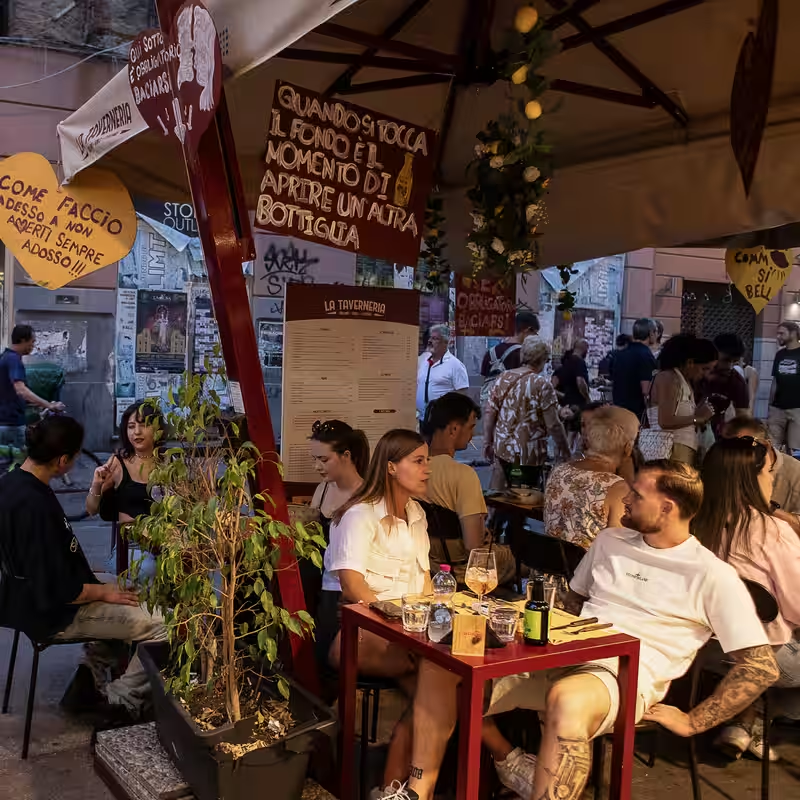Table of Contents
- The Tourism Tsunami Reshaping Italian Streets
- The Monoculture of Menu: Spritzes, Carbonara, and Tourist Traps
- Local Backlash: Cities Ban New Restaurants
- The Economic Paradox of Overtourism
- What Comes Next for Italy’s Culinary Soul?
- Sources
The Tourism Tsunami Reshaping Italian Streets
Walk through the historic center of Florence, Venice, or Rome today, and you’ll notice something strange: every other storefront is a restaurant. Not just any restaurant—but one serving nearly identical menus: Aperol spritzes, creamy carbonara, truffle pasta, and tiramisu. The aromas are enticing, but locals are sounding the alarm.
Mass tourism has transformed Italy’s most iconic neighborhoods into culinary monocultures. In some districts, over 70% of businesses are now eateries or bars catering almost exclusively to visitors. The result? A vanishing local identity, skyrocketing rents, and residents pushed out of their own communities.
The Monoculture of Menu: Spritzes, Carbonara, and Tourist Traps
“It’s not real Italian food—it’s Instagram Italian,” says Marco Bellini, a third-generation baker in Trastevere, Rome. “Carbonara with cream? That’s a crime. But tourists don’t know the difference.”
Many of these restaurants prioritize speed, aesthetics, and low-cost ingredients over authenticity. Menus are printed in five languages but rarely feature regional specialties. Instead, they offer a globalized “greatest hits” reel designed for social media shares—not cultural immersion.
Worse, these establishments often employ underpaid migrant workers and avoid local supply chains, further disconnecting food from its roots.
Local Backlash: Cities Ban New Restaurants
Fed up, several Italian cities have taken drastic action. In 2025, Florence became the latest to ban new restaurant openings in its historic center. Venice, already famous for its anti-tourism measures (including day-tripper fees), has enforced similar restrictions since 2023.
“We’re not against tourism,” said Florence Mayor Sara Funaro. “But we’re against the commodification of our culture. A city full of restaurants isn’t a city—it’s a theme park.”
The bans target businesses that don’t offer “authentic local cuisine” or contribute to neighborhood diversity. Exceptions are made for traditional trattorias, family-run gelaterias, and shops selling regional products.
The Economic Paradox of Overtourism
Tourism accounts for nearly 13% of Italy’s GDP, and restaurants are a major engine. Yet the short-term economic gain comes at a long-term cost:
- Local residents can’t afford housing near tourist zones
- Traditional artisans (cobblers, bookbinders, tailors) vanish
- Public services strain under overcrowding
- Waste and noise pollution surge
“We’re eating our seed corn,” warns economist Dr. Elena Rossi of Bocconi University. “Tourism revenue looks great on paper, but if you destroy the culture that attracts people in the first place, the model collapses.”
What Comes Next for Italy’s Culinary Soul?
Some hope lies in “slow tourism” initiatives—programs that encourage longer stays, off-season travel, and engagement with local producers. In Bologna, a “Real Carbonara Trail” now guides visitors to certified traditional kitchens. In Palermo, community co-ops run cooking classes using recipes passed down for generations.
But without systemic change—zoning laws, tax incentives for local businesses, and caps on short-term rentals—the spritz-and-pasta conveyor belt may keep rolling.
As one Roman grandmother put it while closing her family’s 60-year-old pasta shop: “They didn’t want our food. They wanted a photo of it.”
Sources
The New York Times: The Spritzes and Carbonaras That Ate Italy
Italian National Institute of Statistics (ISTAT) – Tourism Data
City of Florence Official Website – Commercial Zoning Regulations




